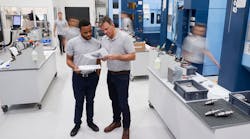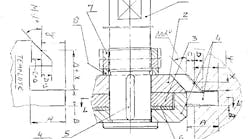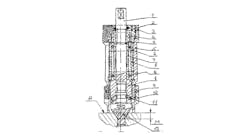Many small shops cannot justify the expense of installing commercial three-phase electric power. The obvious solution is a rotary phase converter. However, such a converter needs to be started prior to using any three-phase equipment, and doing so is such a hassle that it is easier to leave the converter operating continuously. After tolerating the extra noise and expense of operating the converter in this manner, I devised a solution that involves a current-sensing relay.
I install a commercially available current-sensing relay in one of the single-phase input lines powering the converter and another standard relay in the converter's third output line. Whenever a demand for three-phase power occurs, the current-sensing relay instantaneously starts the converter that, in sequence, closes the output relay and delivers three-phase power.
The time the converter takes to start and deliver power depends on the model. In my case, the time lag between turning on the machine tool and operation is barely noticeable. The converter shuts off automatically when three-phase power is no longer needed.
For operations requiring frequent starts and stops, such as tapping, I install a time-delay relay or a manual override switch to keep the converter's on-off cycling to a minimum. Shops should pay careful attention to the wiring of auxiliary machine features, such as lights, to prevent converter cycling when only turning on an auxiliary device.
S. Wassernman, Fremont, Oh.



